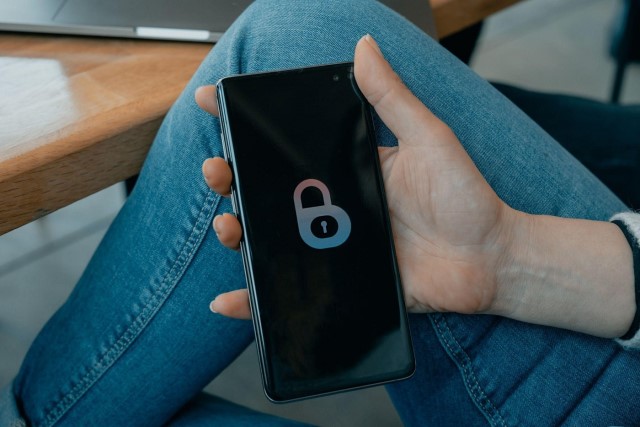Customers these days put a lot of thought into the types of companies they shop at or do business with. Most want to get reasonable prices, shop from an organization that focuses on sustainability, and find a place where they can know that their data and money are protected. If you want your company to succeed, then you must focus on data breach protection. These four steps provide a great starting point.
1. Understand How A Breach Can Affect Your Business
As a business owner, you’ve likely watched the news over the years and witnessed some of the largest data breaches in the last century. Major companies, like LinkedIn and Adobe, have been breached due to lax security, poor passwords, and unencrypted payment information. In many cases, the hackers have gotten away with millions of records, and many customers were put in a bad place.
Hackers attack those companies because they have precious data they can steal and then sell on the black market or use for future scams. It’s important to realize that even if your company is smaller, many hackers may still go after your data because it all holds value.
If your company is hacked, you could be impacted in many ways. When records are compromised, customers can become concerned and upset because they know their data is at risk. They may be so worried that they’ll stop doing business with you and find a trustworthy company. Your reputation could also be at stake with vendors and partners who fear they’ll be compromised just because they’re connected to you. You could also lose a lot of money as you repair the damage to your systems and contend with potential lawsuits. These are severe and realistic fears that should make you put serious thought into preventing data breaches.
2. Protect Your Data Against Current Threats
Next, you need to be aware of current threats. Then, you can put the proper protections in place to defend against them. Hackers are always looking for new ways to steal your data. A common threat is the phishing scam. This is where the hacker will send a fake email, often pretending to be a manager, a vendor, or an authority figure, to pressure the employee to open it. The message will include a link or attachment that, when clicked, can spread malware throughout the computer. Advise employees to always ask about suspicious emails and contact the IT team when in doubt.
You also need to be aware of what your employees are doing. Many causes of data loss can occur in your office. Human error can be a big issue because employees could accidentally delete files and folders or move data to the wrong place. There can also be hardware malfunctions that can render your computer and storage systems inaccessible. Although accidents can happen, you can mitigate the possibility of a breach by ensuring that the team is frequently backing up their data to their computer. Also, set up a backup server so that you can restore your data at a moment’s notice.
There’s also the possibility of looking into a cloud computing solution so that your data is automatically uploaded to an external server. Cloud companies also have their own security teams, so you’ll have more eyes on your data.
3. Secure All Devices
It’s also necessary to secure all devices that make your company tick, especially if you have remote employees or your business works out of multiple locations.
One of the first things hackers may try to use is software that attempts to guess your passwords. You can mitigate this risk by requiring that all employers use complex passwords that use a combination of letters and numbers and avoid passwords that include names that can be easily guessed.
Suppose you have employees who use mobile devices. You need to put the proper protections in place for those as well. If a phone or tablet is attached to your network at the corporate office, and hackers get into the phone via malware or a phishing scam, then they can get into the mainframe. Ensure that all mobile devices are adequately secured and create a policy restricting employees’ use.
4. Properly Discard Physical Data Too
Hackers can still use physical data to try to breach your company’s defenses. If you have customer paperwork, vendor forms, and receipts floating around, then the data on those documents can also be stolen and sold to your competitors.
That’s why you must shred all classified documents and any paperwork with personal information instead of throwing it in the garbage. You can use various types of shredders based on how much paperwork you discard. Avoid simple cross-cutting shredders because they cut the paper into shreds but can be easily reassembled. Instead, look into a pierce & tear or a particle-cut shredder, which makes the fragments almost impossible to put back together. You can also send your paperwork to an offsite shredding facility or have a mobile shredder come to you. Either way, don’t leave anything to chance.
By implementing these four tips into your cybersecurity and data breach mitigation processes, you can put your best foot forward to stop threats to your business. You must protect your corporate and client data. Work on your cybersecurity today.
Image Source: Unsplash

